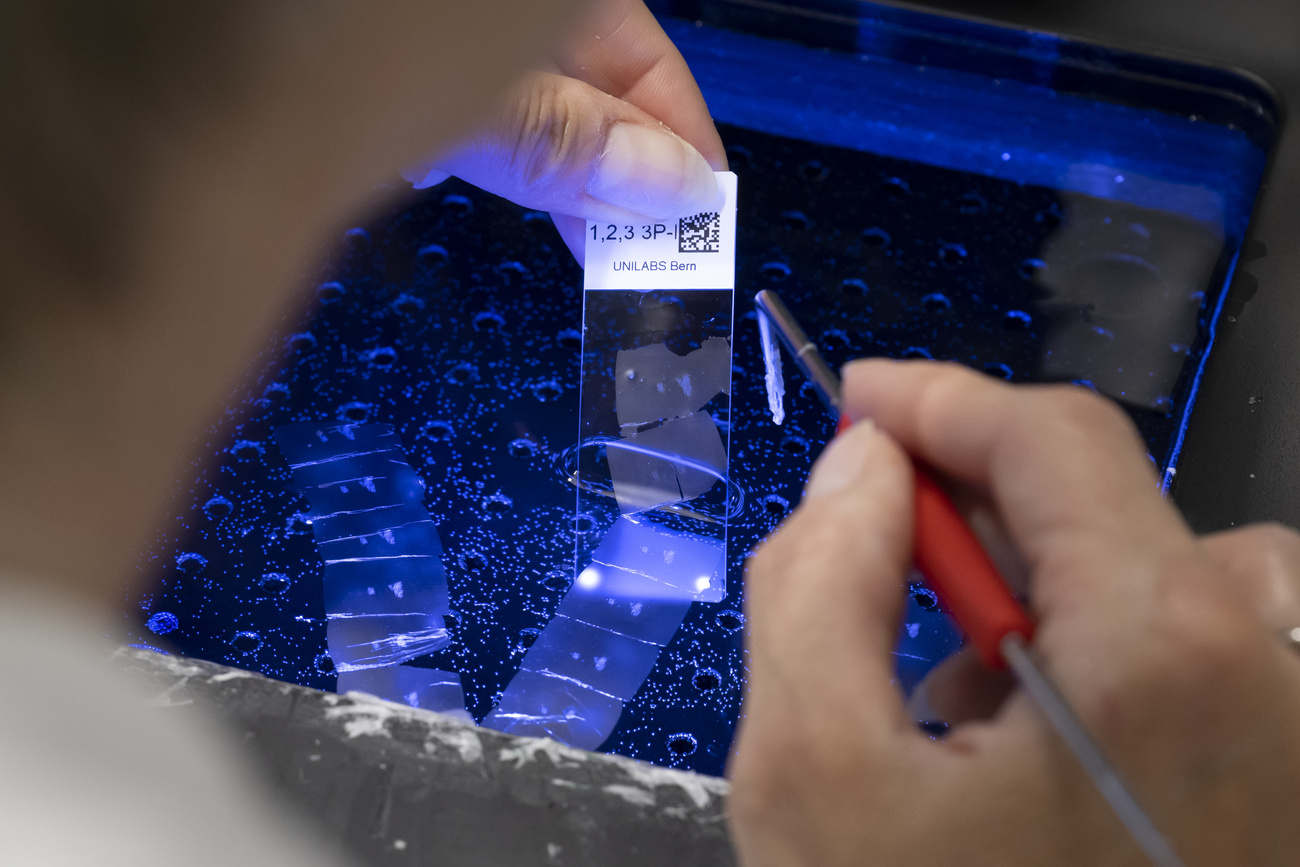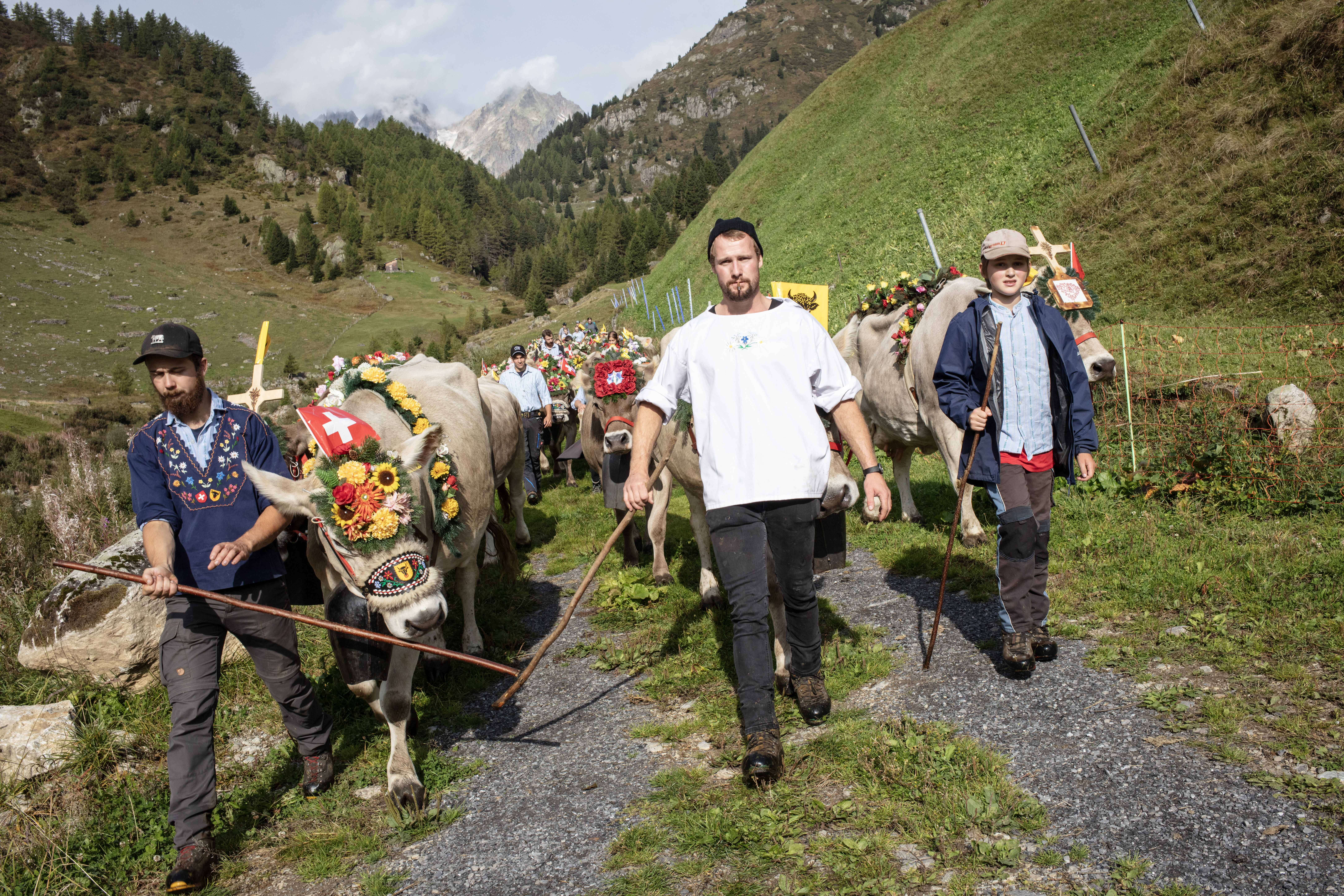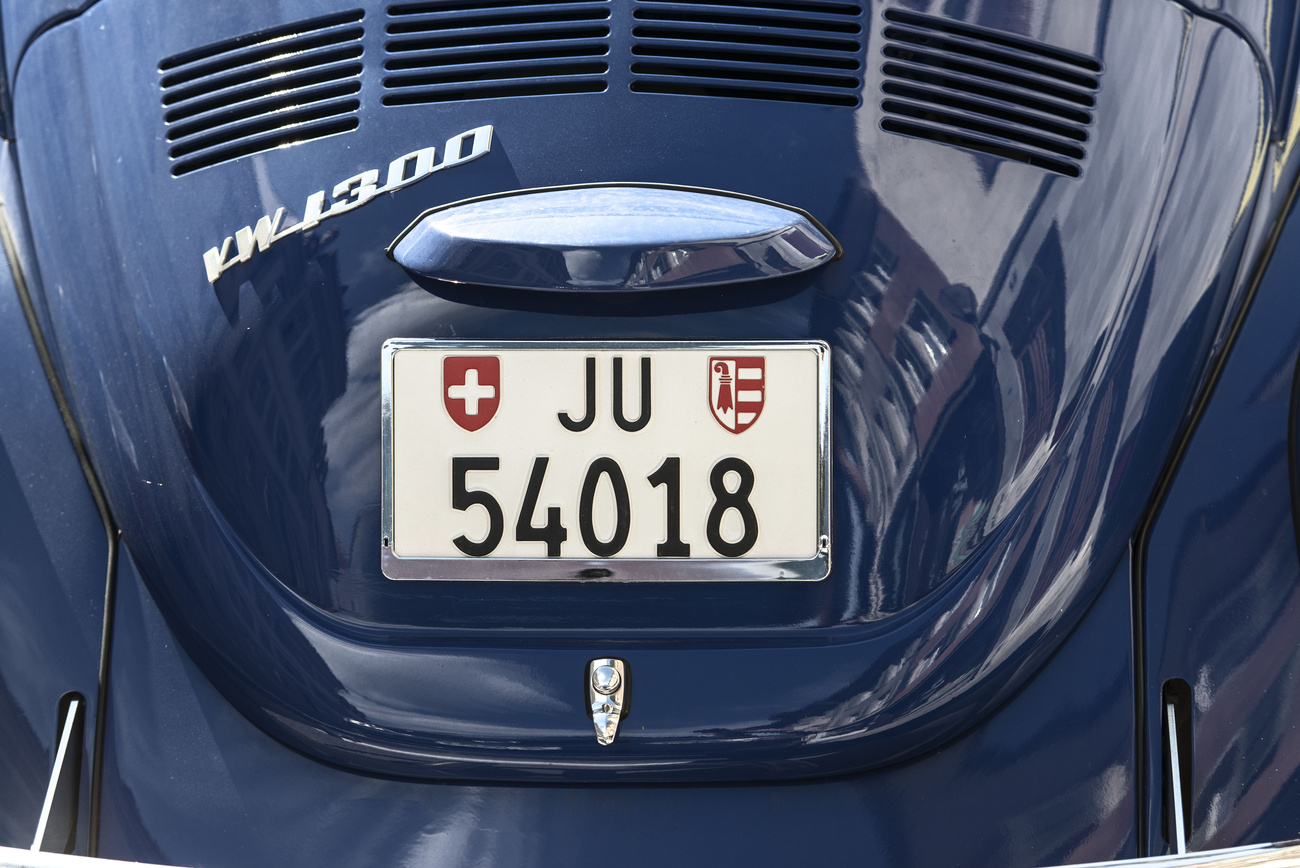
Ant colony marches across Europe

Swiss, French and Danish scientists have discovered a supercolony of ants, stretching thousands of kilometres from the Italian Riviera to northwest Spain.
The 5,800-kilometre colony, running along the Mediterranean and Atlantic coastlines, consists of billions of Argentine ants living in millions of nests, which cooperate with one another.
“It’s the largest cooperative unit ever recorded,” Laurent Keller, a prize-winning myremecologist from Lausanne University, told swissinfo.
Normally, ants from different nests fight. But the researchers concluded that ants in the supercolony were all close enough genetically to recognise one another, despite being from different nests with different queens.
“Normally in ants you have strong aggression between workers from different colonies,” said Keller. “If you take a worker it will immediately fight with workers from another colony and what’s interesting is that since the Argentine ant has been introduced into Europe, there has been a change in social organisation.”
Loss of diversity
The researchers drove the length of the colony, collecting ants from Portugal, Spain, France and Italy. Back in the laboratory, they conducted tests to see if the workers were able to recognise each other.
“In South America, there is strong aggression between workers from different colonies,” said Keller. “Since they have been introduced into Europe, there has been a loss of diversity of genes, which are responsible for recognition, and so they are now unable to recognise workers from the same colony and workers from another colony.”
The Argentine ants were accidentally introduced to Europe around 1920, probably in ships carrying plants, Keller told swissinfo.
Ants have a major impact on the native fauna wherever they have been introduced because they reach a very high density. Cooperation on such an enormous scale is bad news for biodiversity, said Keller.
“The lack of aggression amongst themselves makes them formidable competitors and allows them to eliminate about 95 per cent of other ant species and insects. So they have a major impact on the local fauna and community.”
Lack of aggression
Left unchecked, the Argentine ant can also become a major household pest. However, the very cooperation which seems to make them successful could lead to the supercolony’s self-destruction, said Keller.
“In such a giant colony, many workers are unrelated to the queens they help to raise. Thus in the long term, selection should decrease the altruistic behaviour of workers,” he said.
The researchers said that in addition to the main supercolony of ants, they found a second, smaller colony of Argentine ants in Spain’s Catalonia region.
When ants of the two supercolonies were placed together, they invariably fought to the death; while ants from different nests of the same supercolony showed no aggression towards one another.
The researchers’ findings appear in the latest issue of Proceedings of the National Academy of Sciences in the United States.
by Vincent Landon

In compliance with the JTI standards
More: SWI swissinfo.ch certified by the Journalism Trust Initiative






























You can find an overview of ongoing debates with our journalists here . Please join us!
If you want to start a conversation about a topic raised in this article or want to report factual errors, email us at english@swissinfo.ch.